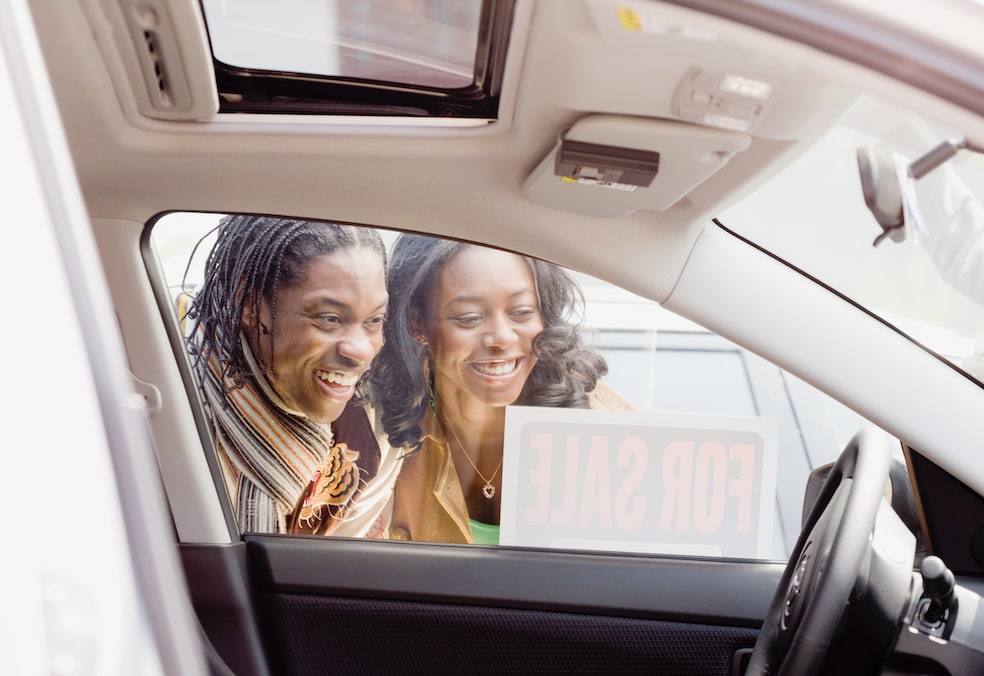How do I Handle a Test Drive?
When scheduling a test drive with a prospective buyer, safety is key. Meet in a public place such as a local park, shopping mall or near the buyer's bank where there are lots of other people present. Schedule it in full daylight if possible. If you absolutely have to schedule the test drive at night, make sure the area is well lit. If it is at all possible, bring a friend or relative with you to provide safety in numbers. If you must go it alone, tell someone where you are going and how long the test drive is likely to take. You can even have a friend call you in an hour to make sure everything is okay. This may sound overly cautious or dramatic, but it's better to be safe than sorry.
Set up a time and place with the buyer for the test drive without revealing information or details about your schedule. Bring any documents that show the vehicle's service history, your driver's license and auto insurance card. Make sure you have the vehicle registration card and Title. The Title must be free and clear of any liens.
Do not let the buyer show up at your home. The entire process of the test drive needs to take place in a convenient, neutral location. Plan ahead when it comes to the test drive route. It should be fairly short and include well populated areas. It should include streets as well as a short drive on the highway so that the potential buyer gets a good feel for how the car handles.
Never let the buyer take the car for a drive alone. Before you get in the car, ask to see the buyer's driver's license and insurance card, and copy down the buyer's license number, name, address, and insurance policy number. Make sure the buyer has liability insurance in the event he or she gets into an accident during the test drive.



